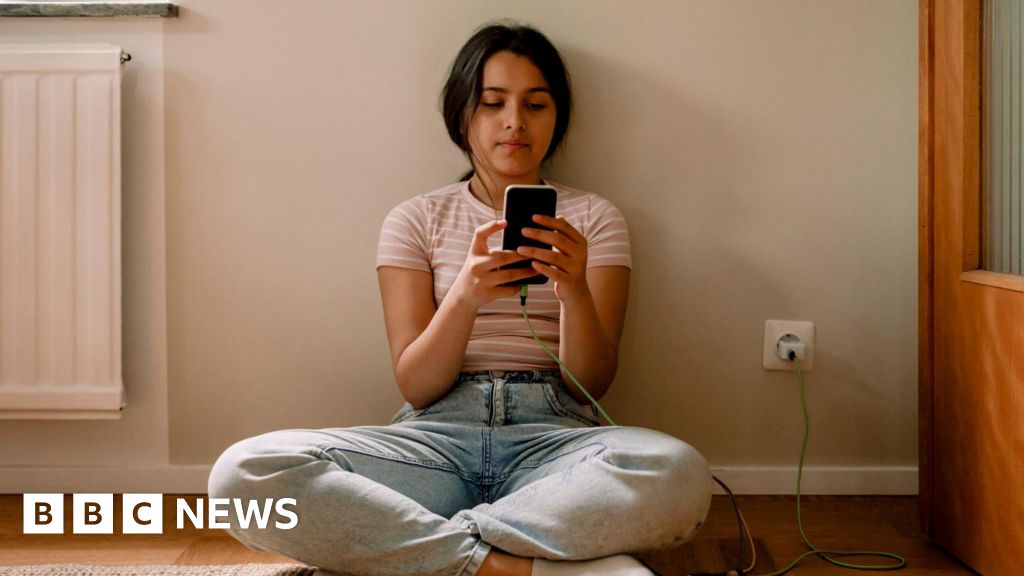
Enforcing Australia’s social media ban on children under 16 is technically feasible, yet fraught with risks, according to a recent report. The policy, set to take effect in December, aims to mitigate the negative impacts of social media on young users. While the initiative has garnered support from many parents, experts caution against potential data privacy issues and the reliability of age verification technologies.
Under the new legislation, social media platforms are required to take “reasonable steps” to prevent Australian children from creating accounts and to deactivate existing ones. The government has positioned the policy as a pioneering effort, drawing global attention from leaders interested in its outcome.
Exploring Age Verification Technologies
The Australian government enlisted the UK-based Age Check Certification Scheme to evaluate possible methods for enforcing the ban. The report, released on Sunday, examined a range of technologies, including formal verification through government documents, parental approval, and age determination based on facial structure, gestures, or behaviors. While all methods were deemed technically feasible, none were found to be universally applicable or guaranteed to be effective in every situation.
“But we did not find a single ubiquitous solution that would suit all use cases, nor did we find solutions that were guaranteed to be effective in all deployments,” the report stated.
Verification using identity documents emerged as the most accurate method. However, concerns were raised about platforms potentially retaining this data longer than necessary and sharing it with regulators, posing a threat to user privacy. This is particularly concerning given Australia’s recent history of high-profile data breaches, where sensitive personal information was compromised.
Challenges and Recommendations
Facial assessment technology, while 92% accurate for individuals aged 18 or over, presents a “buffer zone” around the age of 16, leading to potential false positives and negatives. These inaccuracies could result in children being incorrectly allowed to create accounts or eligible users being unjustly barred. Privacy and accuracy concerns also extend to parental approval methods.
The report recommends a “layered” approach, combining multiple verification methods to strengthen the system. It also highlights efforts by technology providers to address circumvention tactics, such as document forgeries and the use of VPNs to obscure users’ locations.
Communications Minister Anika Wells acknowledged the complexity of the issue, stating there is “no one-size-fits-all solution.” She emphasized that age checks could be “private, efficient, and effective,” urging social media companies to implement a combination of age assurance methods by the December deadline.
“These are some of the world’s richest companies. They are at the forefront of AI. They use the data that we give them for a bevy of commercial purposes. I think it is reasonable to ask them to use that same data and tech to keep kids safe online,” Wells told reporters.
Implications and Public Opinion
Under the ban, tech companies face fines of up to A$50 million ($32.5 million; £25.7 million) if they fail to take “reasonable steps” to prevent those under 16 from accessing their platforms. Facebook, Instagram, Snapchat, and YouTube are among the platforms affected by the new regulations.
Polling indicates strong support among Australian adults for banning social media for children under 16. However, some mental health advocates warn that the policy could isolate children from social connections, while others fear it might drive them to less-regulated areas of the internet. These critics suggest the government should instead focus on more effective policing of harmful content and better preparing children for navigating the digital world.
As Australia prepares to implement this unprecedented policy, the world watches closely. The outcome could set a precedent for other nations grappling with the challenges of protecting young internet users while balancing privacy and technological feasibility.







